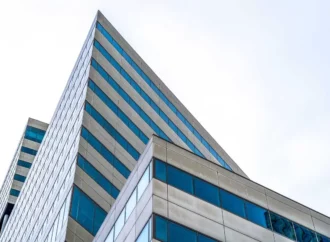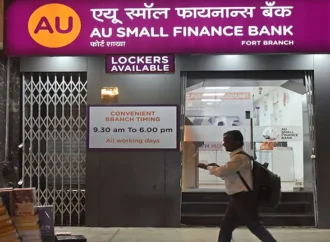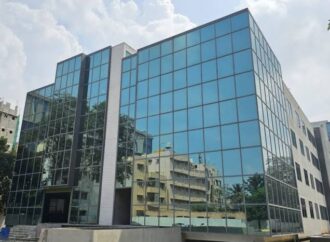India’s office market is set for record absorption, with net leasing projected to grow 10-11% in FY2025 to 59-60 million sq. ft., according to ICRA. Vacancy rates will remain stable, while retail leasing will grow 7-9%. Rising demand from GCCs, corporates, and resilient economic factors continue to drive expansion.
India’s commercial real estate market is poised for a significant upswing, with net office absorption across the top six cities projected to grow by 10-11% in FY2025, reaching 59-60 million square feet (msf), according to ICRA. The growth trend is expected to continue in FY2026, with a 3-4% increase on a high base. Despite introducing 125-130 msf of new office supply over the next two years, vacancy rates are expected to remain steady at 14.5-14.7% by March 2025 and improve to 14-14.5% by March 2026.
“Leasing activity remained firm, with net absorption of approximately 54 msf in FY2024 and 44 msf in the first nine months of FY2025,” said Anupama Reddy, Vice President and Co-Group Head of Corporate Ratings, ICRA. She attributed this to rising demand from Global Capability Centres (GCCs) and domestic corporates, increased physical office occupancy, and regulatory changes enabling floor-wise IT-SEZ de-notification. As a result, vacancy levels declined by 70 basis points (bps), reaching 14.7% in December 2024 from 15.4% in March 2024.
Despite global economic uncertainty, India’s office market has remained resilient, driven by a skilled talent pool, strong economic growth, and competitive rental costs. “The same factors have now come together to create a period of sustained growth, with India at the forefront of global firms’ real estate decisions and strategies,” the ICRA report noted.
ICRA projects stable credit profiles for major office developers, with rising occupancy and rental growth driving higher net operating income (NOI). The debt-to-NOI ratio is expected to improve to 3.9-4x by March 2026 from an estimated 4.3-4.4x in March 2025, while debt service coverage (DSCR) is forecasted to rise to 1.45-1.5x in FY2026 from 1.35x in FY2025.
The retail leasing sector is also experiencing strong rental growth, with mall operators expected to see a 7-8% YoY rise in FY2025 and an 8-9% increase in FY2026. However, an influx of 9-9.5 msf of new retail space in the next two years has led to a temporary vacancy increase of 21% as of December 2024. This is expected to stabilise at 79-80% by March 2025 and remain steady through FY2026.
“The retail sector faced challenges in H1 FY2025 due to general elections, heat waves, and extended monsoons,” Reddy explained. However, she expects consumption to increase in H2 FY2025, driven by the festive and wedding seasons. Categories like hypermarkets, food, apparel, accessories, and jewellery are anticipated to fuel this recovery alongside a resurgence in family entertainment centres (FECs).
Retail developers also face competition from e-commerce and q-commerce players, particularly in the fashion segment, which is expanding into premium brands. Despite these challenges, the credit profile of mall operators remains stable, with debt-to-NOI expected to improve from 4.6-4.8x in March 2025 to 4.2-4.5x in March 2026. DSCR is expected to stay strong at 1.45-1.50x in FY2025-FY2026, reflecting the sector’s overall resilience.
With high absorption rates, stable occupancy, and growing rental income, India’s commercial real estate sector remains a strong investment destination. As demand for premium office and retail spaces grows, developers and investors are well-positioned to capitalise on this expanding market.























